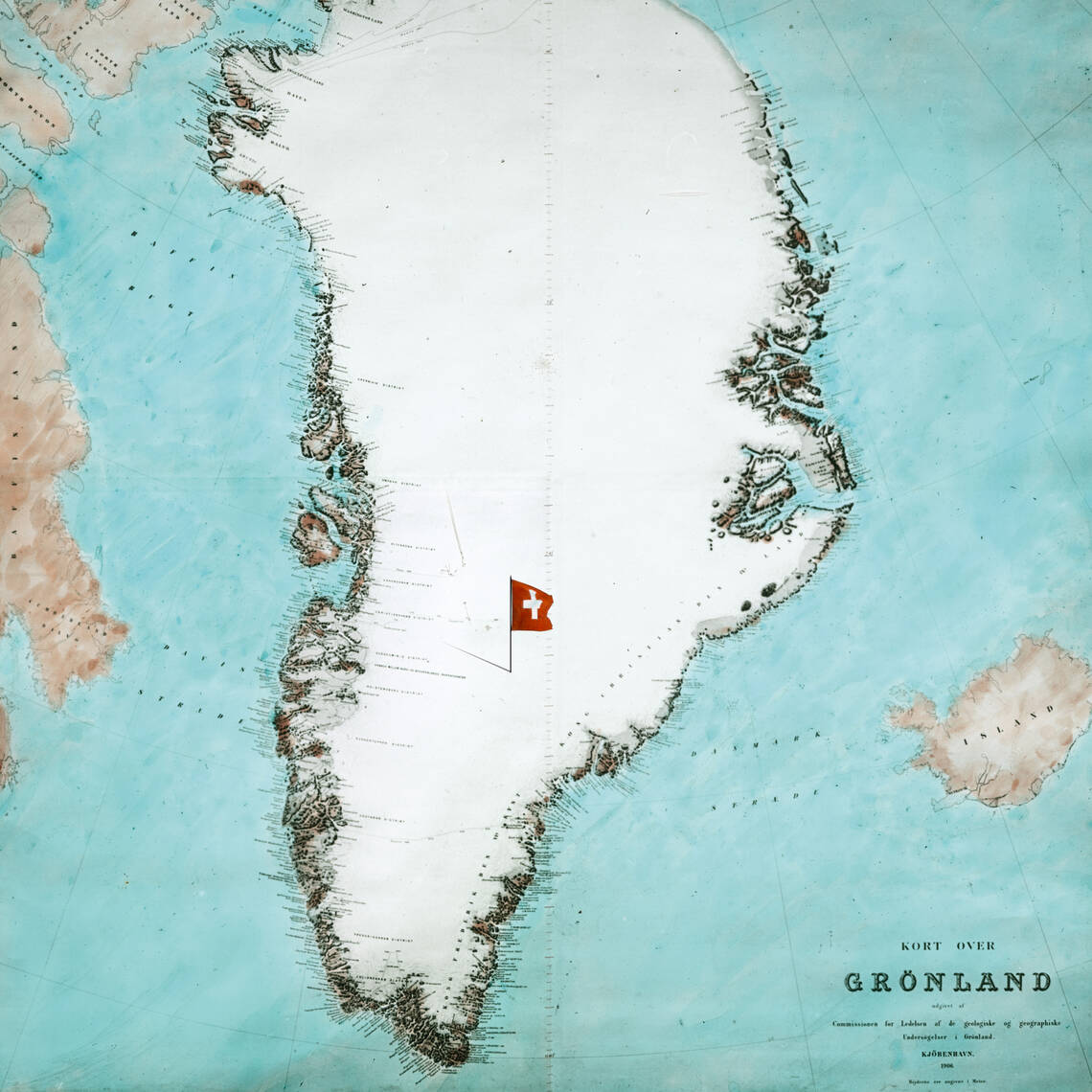National Museum Zurich
| 6.2.2020 - 18.10.2020
In 1912, Alfred de Quervain trekked across Greenland, sparking a veritable ‘polar boom’ in Switzerland. The measurements taken by the scientist are still used in glacier research today.
For many years, science has grappled with the issue of the shrinking glaciers. The retreat of the ice giants continues, with no end in sight. Climate researchers were already looking into the issue of glaciers 100 years ago, but from a different angle. In the 19th century, people worried another ice age was on the way.
So in 1912, everyone was talking about Alfred de Quervain’s ‘Swiss Greenland Expedition’. It wasn’t just that the field of climate research, then still in its infancy, was interested in the data collected by the Bern geophysicist; society was also hungry for tales of adventure from the North. Since the government didn’t want to contribute to the costs of the expedition, the explorer signed an agreement with the Neue Zürcher Zeitung. The newspaper paid one third of the expenses, securing in return the rights to report exclusively on the expedition. The articles made de Quervain’s adventurous undertaking even more famous, and unleashed a veritable ‘polar boom’ in Switzerland.
Alfred de Quervain had already ventured into the eternal ice of Greenland in 1909. He returned there three years later, aiming to cross the island. Only one person, Fridtjof Nansen, had managed that feat before him. And as befits an adventurer, the Swiss explorer’s route had to be longer and tougher than that of the Norwegian, who had crossed Greenland at a point further south in 1888. And it was! On skis and dog sleds, de Quervain and his companions covered around 650 kilometres in six weeks. It was not just exhausting, but sometimes dangerous as well. Towards the end of the crossing, for example, they only just managed to find the cache of food supplies in time.
The meteorological and glaciological data that Alfred de Quervain and his team collected in 1912 were of enormous value to science. These data are still used for research today – for example, research into Greenland’s ice sheet, which is the Earth’s second-largest fresh water supply. As a result of global warming, the Greenland ice sheet has been melting more and more rapidly over the past two decades. One big problem with this is that the meltwater is no longer being re-absorbed and turning to ice again; instead, all this melted water flows into the ocean. As a result, fresh water reserves are dwindling and sea levels are rising continuously.
With original exhibits and historical photographs, the exhibition examines Alfred de Quervain’s expedition in the eternal ice, and links his experiences and findings to modern-day climate and glacier research.






